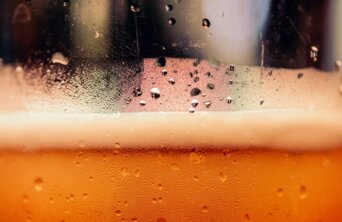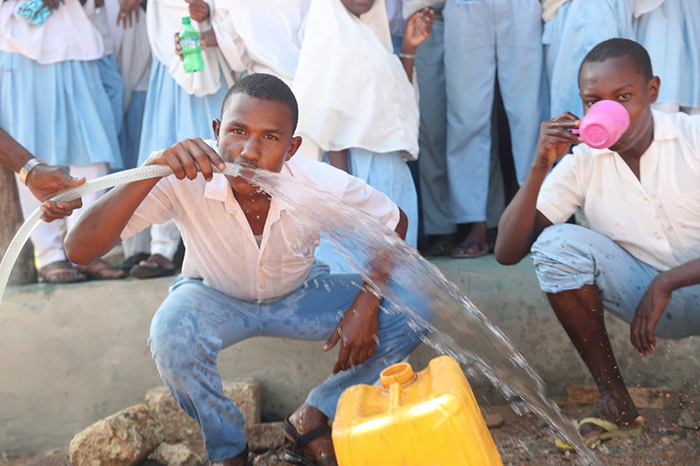- About
- Topics
- Picks
- Audio
- Story
- In-Depth
- Opinion
- News
- Donate
-
Signup for our newsletterOur Editors' Best Picks.Send
Read, Debate: Engage.
| topic: | Sustainable Development |
|---|---|
| located: | Singapore |
| editor: | Chermaine Lee |
Singapore has one of the most developed economies in the world but does not qualify as developed according to the United Nations Framework Convention on Climate Change.
One of Singapore's environmental challenges is water scarcity, and at COP28 this year, the country's Pavilion showcased a beer made from recycled sewage water as part of a government-led initiative to demonstrate its efforts in alleviating water scarcity in the city.
It tasted light and fresh, with no hint of being made from toilet water. The beer, NEWbrew, is a product of a partnership between Singapore's national water agency and local brewery Brewerkz. The water is obtained from wastewater collection plants before undergoing a disinfection process that involves microfiltration, reverse osmosis, and ultraviolet light.
Singapore's government is proud of this water treatment process, which meets 40% of its water needs. The coastal city, which has limited access to water resources, depends on imports from Malaysia to meet more than half of its water consumption.
This arrangement is part of a 100-year deal that is set to end in 2061. The city aims to meet at least half of its water demand by 2060, which is expected to double by then. Singapore's NEWater treatment plants and current desalination plants must fulfil over 80% of its water demands to meet the growing market.
Singapore is facing a severe land scarcity issue, which has resulted in limited space for expanding local catchment areas and reservoirs. This issue has made housing estates in Singapore the most expensive in the world. In light of this, Singapore has high hopes for NEWater treatment plants.
Some NGOs said NEWater treatments are more energy-efficient and cost-effective than conventional desalination. Still, the technology is costly, so building such plants has been expensive. Local media reported that fuel prices and rising construction costs in Singapore have pushed up the cost of water treatment.
Treating more water also means using more energy, which can contradict Singapore's 2050 net-zero goal. The city-state still relies almost entirely on fossil fuels to generate electricity now, and its primary strategy to reduce carbon emissions is employing carbon capture technology, condemned by some climate activists as a method for greenwashing that is also pricey and ineffective.
On top of that, despite studies showing that the water after this process is safe to drink, its image still deters many from drinking it directly. Could the Singapore Pavilion's sewage beer showcase change that? Perhaps, but it will take much more than a facelift to cure the country's water scarcity issue.
Image by Timothy Dykes.

